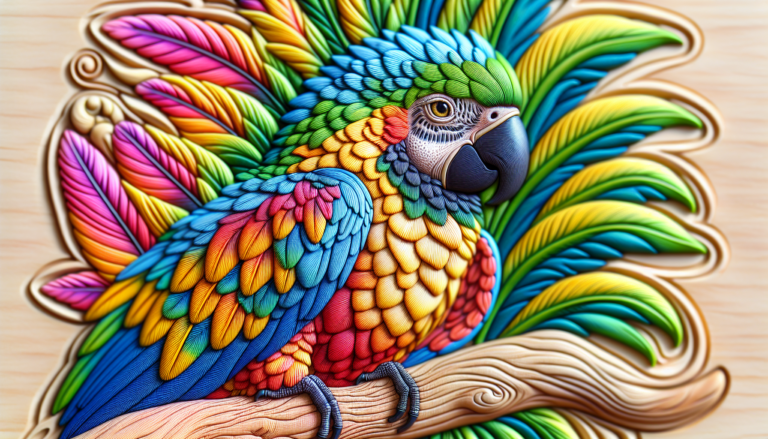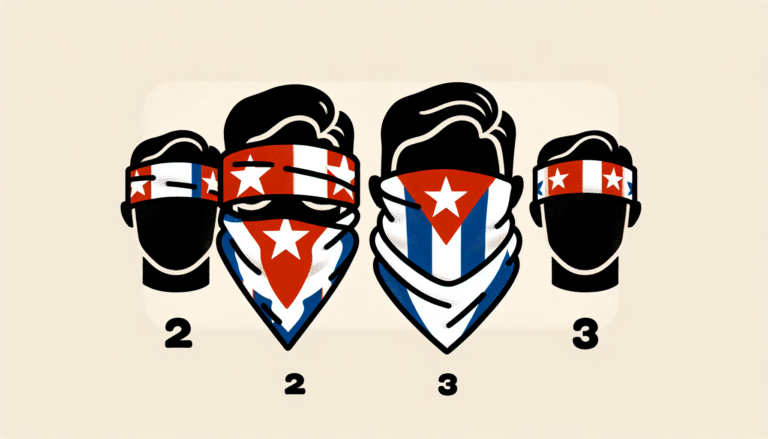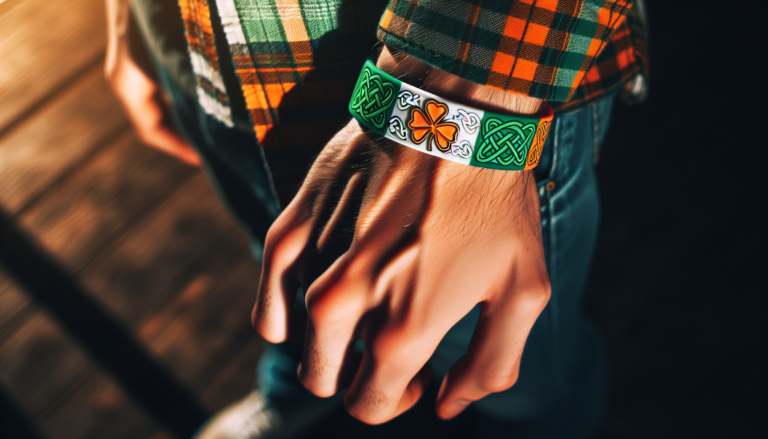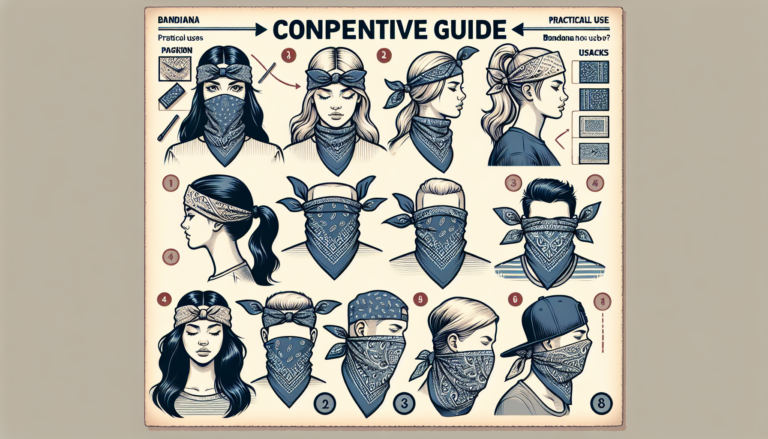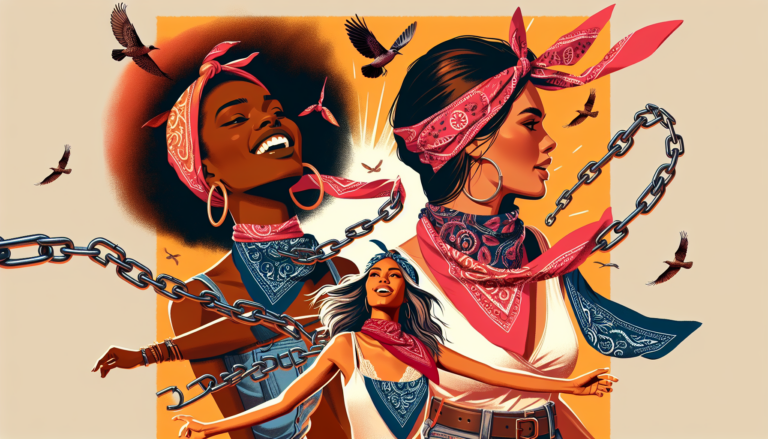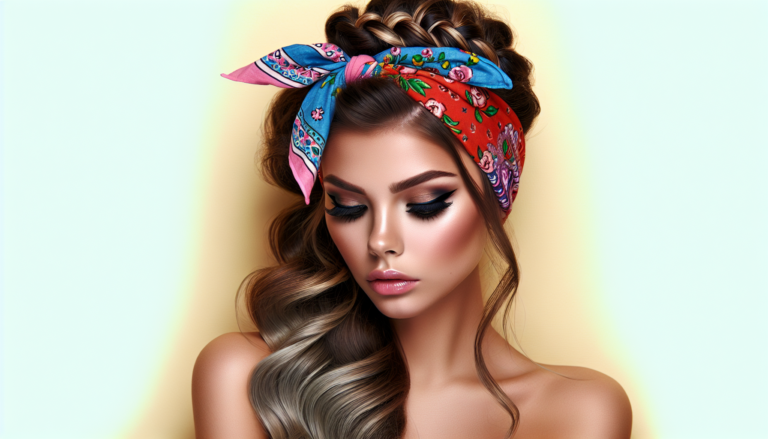You’ve seen western and cowboy bandanas in movies for years. But did you know that these same bandanas have become popular fashion accessories?
That’s right. Now you can see them worn by runway models, rock and hip-hop stars, and a host of other celebrities. They are just that popular, fashionable, and versatile, as well as practical.
But how did the popularity (both style of bandana and style of wearing) of cowboy/western and rodeo bandanas come about? Read on to find out.
Origins of Western/Rodeo Bandanas

Let’s first take a look at how western bandanas (which morphed into rodeo bandanas) got their start and become so firmly entrenched in the American imagination. Let’s go . . .
The Cowboy Bandana and the Aftermath of the Civil War
It all has to do with the great cattle drives that began soon after the Civil War ended.
With the war over, a multitude of ex-soldiers found themselves out of a job. But a solution soon presented itself.
The ex-soldiers needed jobs, and people back East in the civilized world needed to eat and wanted beef. In addition, cattle had vastly multiplied in Texas after being left to their own devices throughout the Civil War.
For those with an entrepreneurial spirit, it only made sense, then, to drive herds of cattle to towns and cities with major railheads where the cattle could be loaded onto trains and then shipped to those markets with the hungry consumers. And those entrepreneurs needed cowboys to drive the cattle to the towns – a hazardous and extremely dusty job.
It was that dust that made bandanas so important for those tough, half-civilized cowboys.
Dust, Cowboy Bandanas, and Survival

On a cattle drive, the cowboys were divided into definite classes and assigned to jobs according to experience and demonstrated skill. The best of them would get the enviable and coveted job of “riding point.” This means they would ride at the front of the herd, slightly to each side, drawing the cattle along and directing them to the next watering hole, river crossing, or campsite. It was a point of pride to be ‘pointing the herd.’
Next lower in occupational rank were those who rode “flanking” the herd. Their job was to keep the cattle (which were often more than half wild) from spreading out laterally and drifting/running off.
The lowest class of cowboys got the worst of the jobs – riding the drags. They rode in the rear of the herd, pushing the cattle along, keeping them from stopping and simply grazing.
And that spot at the rear of the herd, behind 12,000 hooves kicking up dust, was an extremely dusty, choking place to be. That’s why these cowboys bringing up the rear wore bandanas around their necks. They pulled their bandanas up over their mouths and noses to filter out some of that dust so they could breathe. In some situations, without the bandana, suffocation would have been a real danger.
That square, often red, piece of silk, cotton, or (sometimes) linen could literally save a cowboy’s life on a long, dusty drive. And this is the main reason why early cowboys always had a bandana around their neck.
This tradition, though, carried on long past the relatively brief period of cattle drives.
Western and Rodeo Bandanas in Movies and Sports

Cowboy Bandanas in the Movies
The era of cattle drives didn’t last long, but they were revived in movies of the early twentieth century. So that bandana around the neck was adopted by millions of moviegoers.
The tradition of cowboys and bandanas carried right on into the twentieth century, which is particularly evident in western movies. Just think of, say, Roy Rogers or John Wayne – you seldom saw either of them without a bandana around his neck. But the silent film era (not really all that far removed in time from the cattle-drive era) is where you can really see it.
Consider silent-film star Tom Mix, known for making breathtaking leaps onto his horse. Mix always wore his signature bandana, which also became a major marketing tool. Kids would plow through bowls and bowls of cereal to become a member of the “Straight Shooter Club” – and maybe win a prize like an autographed bandana.
Rodeo Bandanas in Sports

Though still popular, westerns have lost some of their luster as a beloved movie genre. So the western/ cowboy bandana moved into the sports arena, achieving its zenith in the rodeo arena as the bandana. Consider these illustrative examples . . .
A rodeo bandana worn around the neck cattle-drive style was a signature trademark of two of greatest saddle bronc riders of all time: Casey Tibbs and Monty “Hawkeye” Henson. They were both flambouyant and stylish, and both always had that bandana in place when they were aboard those broncs.
South Dakota’s Casey Tibbs was a six-time world champion bronc rider, and Monty Henson, who hailed from Texas, won the world championship in 1975, 1976, and 1982. It was largely owing to their example and influence that rodeos bandanas become so popular in and around rodeo arenas across the country.
But it doesn’t stop there. Rodeo bandanas can also be seen at PBR (Professional Bull Riders) events – as both a fashion accessory and for making a statement. Here’s just one influential example . . .
At an April 2015 PBR event in Idaho, contestants donned purple bandanas. The PBR had partnered with the Man Up Crusade, an organization dedicated to eradicating domestic violence by promoting safe and healthy relationships. The riders, as well as many of the fans in attendance, wore purple bandanas to support and promote the cause.
How to Wear a Rodeo Bandana

Today, the cowboy-style neckerchief has moved far beyond movies and rodeo arenas to become a go-to fashion accessory for everyone from your neighbor to celebrity models on the fashion runway.
If you want to join in and get in on the rodeo bandanas fashion trend, check out the video below to learn how to tie and wear your bandana . . .
Practical Uses for Rodeo Bandanas
Not only are rodeo bandanas fashionable – they are also eminently practical.
There are, of course, the obvious uses: protecting your neck and face from dust and sun at a rodeo, absorbing sweat and keeping you cool, and making a statement in rodeo culture and western fashion. There are, however, many more things your bandana is good for.
“Of all the items a cowboy might own, wear, or keep close at hand, nothing serves more purposes than this unique piece of square cloth.” For example . . .
- “Protection from extreme elements
- Strain drinking water
- As a potholder by a campfire, including when grabbing that hot pot of Arbuckle coffee
- An arm sling, tourniquet, or bandage
- Wiping dirt and sweat from the face
- Temporary saddle rigging
- To clean a firearm and other equipment
- Carrying food
- Covering the eyes of a spooked horse for doctoring
- Spread out as a tablecloth at mealtime
- Use as a napkin when eating that same meal
- Cleaning up and drying dishes after that meal”
Choosing the Right Rodeo Bandana

But you do need to choose the right rodeo bandana for your specific needs. Here’s what to consider . . .
Fabric
The most common bandana fabric is cotton, but bandanas are also available in silk and satin. Generally speaking, cotton is suitable for everyday wear and all kinds of casual occasions like, say, a rodeo or music festival. Silk and satin, on the other hand, are better suited for smart casual occasions, things like a date or maybe a meal out with friends.
Quality
And, of course, you’ll want a quality bandana. Certainly, you want your bandana to look and feel like a quality bandana, but these are pretty subjective measures. There are, though, a few objective hallmarks of quality bandana construction.
- Quality of stitching on the edges. The very top-of-the-line bandanas will have only a very slightly noticeable selvedge line on one or two edges, and those that aren’t selvedge will have folded and stitched edges.
- The corners. Look for clean and precise stitching on the corners and the absence of anything that indicates hasty or shoddy stitching.
- The way a bandana feels in your hand. When you pick it up and rub it between your fingers and run it through your hand, does it feel soft and supple? If so, that’s a sign of a quality bandana. What you don’t want is a bandana that feels crisp or “papery.”
Color and Pattern
The color and pattern/print are probably the next most important considerations. And a lot of it has to do with what you’ll pair the bandana with, the clothes you want it to accent or complement.
- Bright solid colors such as red, yellow, and orange – These go best with a neutral outfit or ensemble
- Neutral colors and shapes – These are extremely versatile, but serve very well to tone a very colorful outfit for a pleasant overall effect.
- Patterned bandanas – Patterned bandanas, such as the venerable paisley, also work very well with casual and neutral outfits like jeans and a T-shirt.
Printing

For western/rodeo patterned bandanas, you should consider the printing and the method of printing. When it comes to patterned bandanas, the method by which the patterns and images were applied is a fairly important consideration. The most common ones are . . .
- Discharge printing uses a process that begins with a dyed piece of cloth and uses a color-destroying agent (chlorine, example) to bleach the desired pattern into (or, more precisely, out of) the original solid-colored piece of fabric.
- The screen printing process involves the use of a mesh stencil. The stencil is stretched over the (so-called) screen, and then ink is transferred onto the fabric to create the desired pattern or image.
- With resist dyeing, the cloth is treated with a special dye-resisting solution in the shape of the desired pattern. It is then dipped into the dye, and the solution-treated areas don’t react with the dye, which results in the pattern.
Durability and Washability
Your rodeo bandanas will see a lot of hard wear and dust, so you’ll need then to stand up to use and washing. Of course, the bandana fabric will play a huge role in durability and washability, but let’s concentrate on cotton since that is by far the most common.
If you want your cotton bandana to stand up to repeated washings, look for those that are colorfast. This colorfast quality simply means that there is a strong bond between the dye and the fibers of the fabric. The result is fade resistance and colors that tend to retain their original hue with little to no fading or running.
If you select colorfast cotton bandanas, you’ll be able to just toss them washing machine many times over without having to worry about the color fading or running.
Your Source for Quality, Affordable Rodeo Bandanas
If you want to elevate your style and get in on one of the hottest fashion trends, get yourself some rodeo bandanas.
With an assortment of bandanas, you can experiment with colors and patterns, and more styles. With all that’s available today, you’ll be limited only by your imagination.
And when you’re ready to purchase your rodeo bandanas, why not go to the bandana source known for quality products and great prices coupled with superior customer service – Bandana.com? That’s a winning combination
